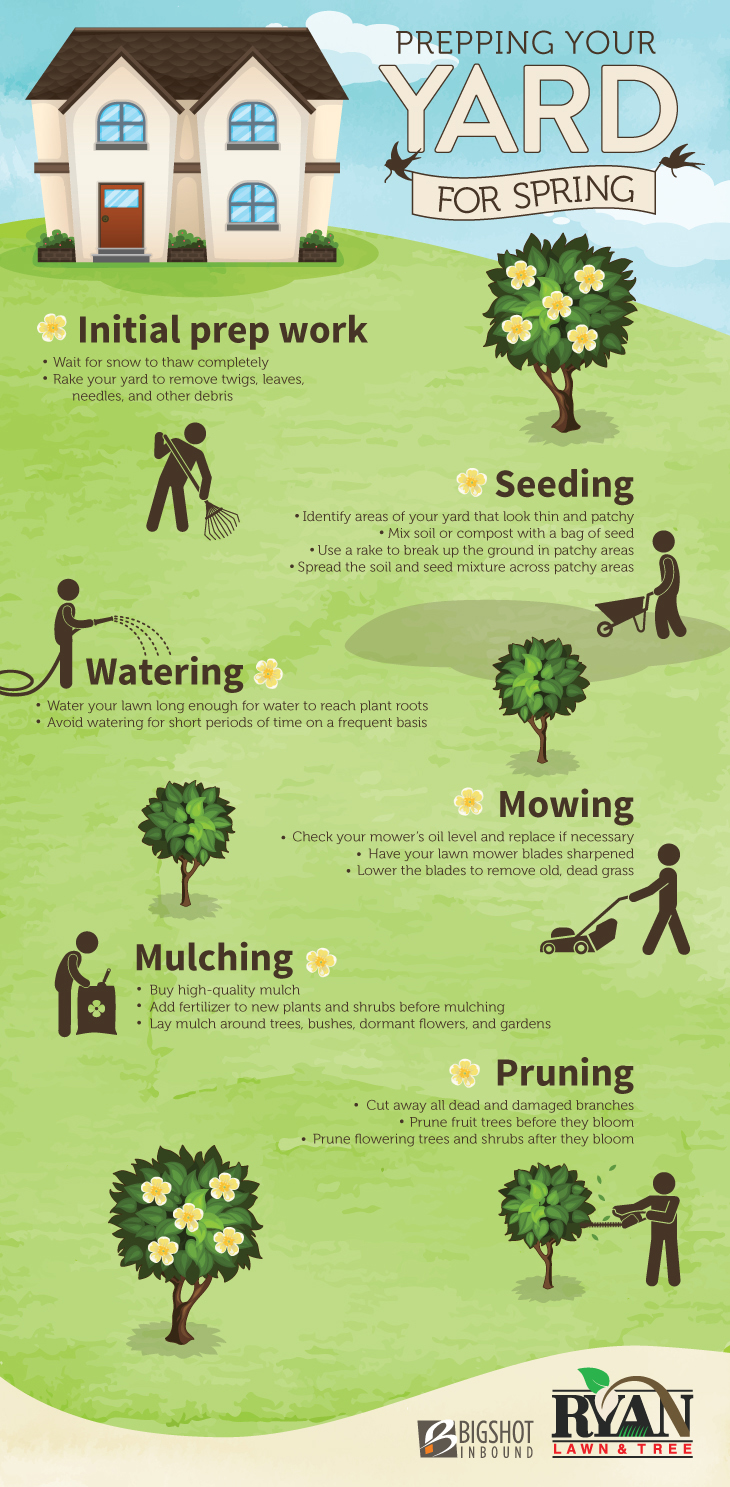Seasonal Tree Treatment: When And How To Prune For Ideal Outcomes
Seasonal Tree Treatment: When And How To Prune For Ideal Outcomes
Blog Article
Article By-Tange Conner
When it pertains to seasonal tree cutting, timing and technique are vital for your trees' health and wellness and growth. You might be stunned at how much a straightforward cut can motivate new life. Knowing when to trim inactive trees versus blooming ones can make all the distinction. But it's not just about when; it's also about just how you do it. Allow's discover the very best practices to guarantee your trees prosper.
Comprehending the most effective Seasons for Tree Trimming
When's the most effective time to cut your trees? The response lies in recognizing the seasons. Late winter season to very early spring is frequently suitable, as trees are still dormant. This timing minimizes tension and promotes healthier development when they stir up.
Nonetheless, if you're dealing with flowering trees, take into consideration cutting right after their blooms fade. This ensures you won't remove next year's flowers.
In summer, light trimming can help preserve shape and get rid of any type of dead or infected branches. Stay clear of hefty trimming throughout loss, as trees are getting ready for dormancy and may struggle to recover.
Eventually, understanding your tree species and regional climate will certainly direct your cutting timetable. Select intelligently, and your trees will flourish wonderfully year-round.
Essential Trimming Techniques for Healthy And Balanced Trees
Pruning your trees successfully is essential for their wellness and durability. Beginning by using clean, sharp tools to make specific cuts, which assists stop damage and disease.
Concentrate on getting rid of dead, damaged, or crossing branches initially; this encourages far better air flow and sunlight penetration. When reducing, go for an angle that promotes recovery and minimizes the danger of rot. Constantly trim just outside the branch collar, the puffy location where the branch satisfies the trunk, to improve healing.
For young trees, form them by uniquely pruning to develop a strong structure. Ultimately, stay clear of over-pruning; eliminating excessive foliage can stress your tree.
Common Mistakes to Avoid When Pruning
Numerous home owners make essential errors while trimming their trees, which can lead to long-term damages.
One common mistake is over-pruning, where you get rid of a lot of branches simultaneously. This can worry the tree and prevent its growth.
Another mistake is making use of dull devices; sharp, clean devices make cleaner cuts that heal faster.
Don't forget to trim at the incorrect time of year; winter months is commonly best for lots of species, while summer is suitable for others.
Additionally, avoid reducing branches as well close to the trunk or leaving stubs, as both can invite pests and diseases.
Lastly, failing to go back and examine the tree's total shape can result in uneven development.
Maintain simply click the up coming article in mind for healthier, flourishing trees!
Verdict
In conclusion, seasonal tree trimming is essential for your trees' health and development. By trimming at the correct times-- late winter season for inactive trees and right after blossoms for blooming selections-- you'll encourage lively vegetation and blossoms. Remember to make use of tidy, sharp devices and comply with proper strategies to avoid damage. Prevent hefty pruning in the autumn and stay clear of usual errors. With these suggestions in mind, you'll maintain your trees growing throughout the year!
